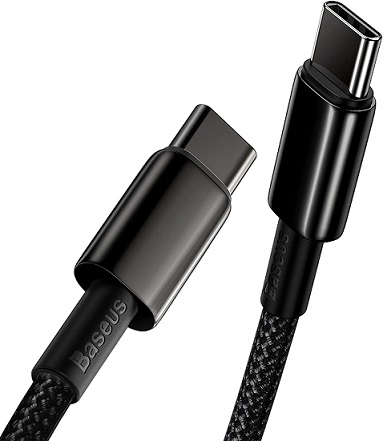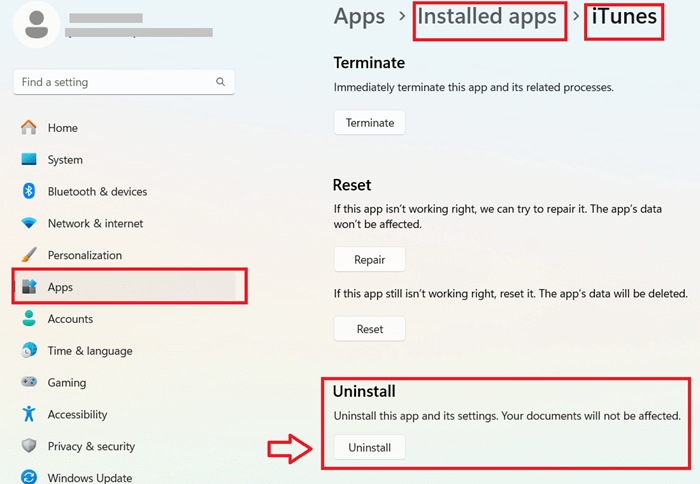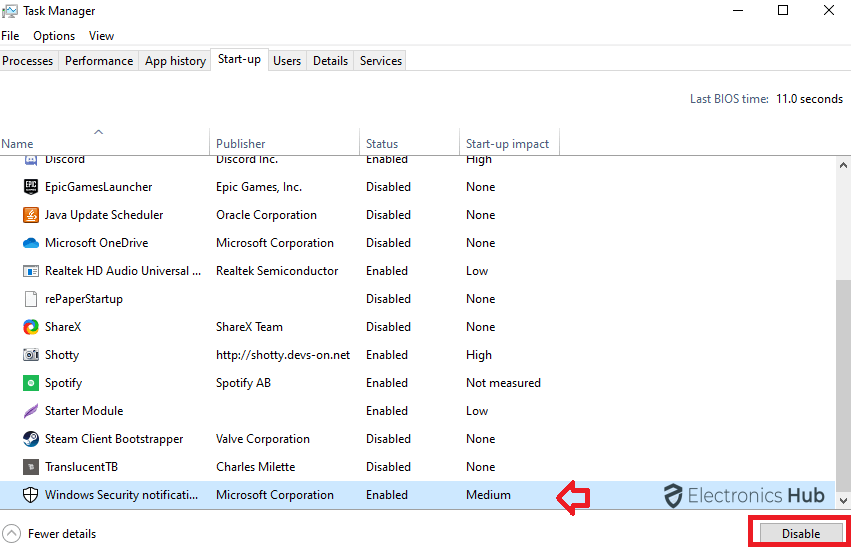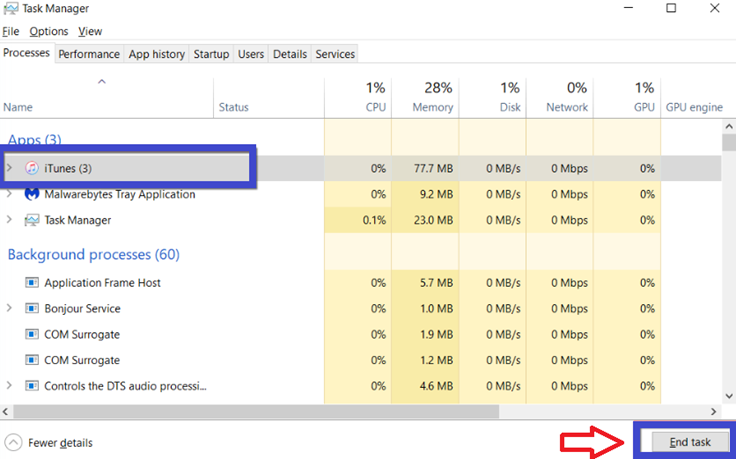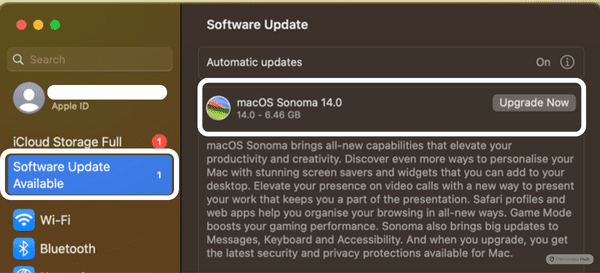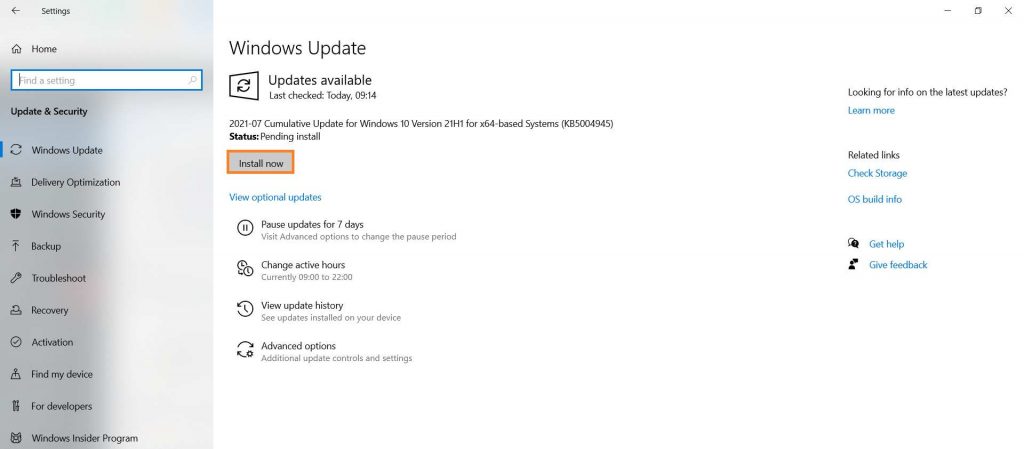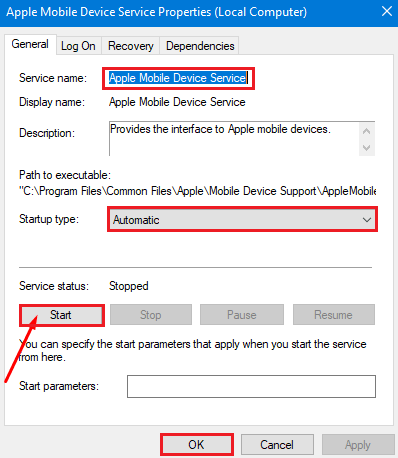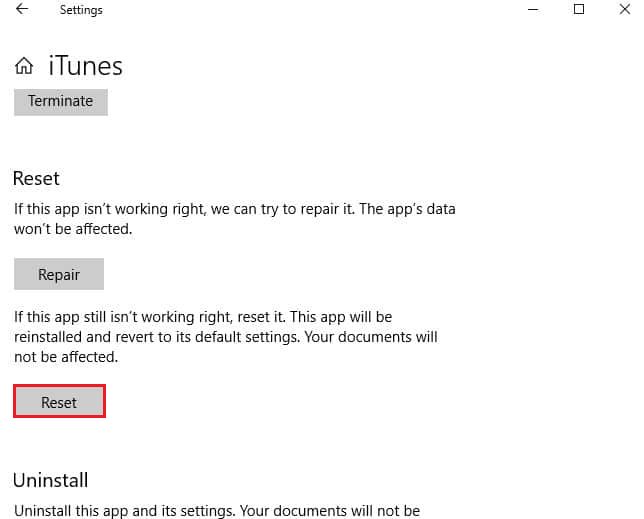iTunes users face a lot of problems with Windows 10. It can be the refusal to play music or the inability of playing the content. One of the most generic errors that users come across is 0xe80000a. It happens when iTunes does not connect to your iPhone due to an unknown reason. When this happens, there will be an error message. The displayed error code is 0xe80000a.
There is also the statement “iTunes couldn’t connect to phone. Some unknown error occurred.” It has to be noted that this error happens because the iPhone is compatible with the Mac operating system. Windows operating systems will have problems that can lead to frustration. Thankfully there are ways to fix this problem. All you have to do is troubleshoot and try to connect your Windows computer to your iPhone.
Outline
ToggleWhat is ‘Unknown Error 0xe80000a’
The ‘Unknown Error 0xe8000a’ often shows up in iTunes on Windows computers. It means there’s a problem with communication between iTunes and your iPhone or iPad, causing issues with tasks like backups or updates. Figuring out the exact cause can be tricky, but it usually comes from things like old software, bad connections, or problems with security software.
Let’s break down the code ‘0xe80000a.’ The ‘0x’ at the start is just a common computer way of showing an error in a code. The ‘e80000a’ is the specific code for this error. Even though it might look confusing, understanding these parts can help you see what’s going wrong.
Common Reasons for the Error
Error 0xe80000a is commonly encountered when using iTunes and connecting an iPhone. It’s referred to as an “unknown error” but there are a few well-understood reasons it might happen:
- Connection Issues: A faulty USB cable or port can cause connection problems between your iPhone and your computer. This could be due to a damaged cable, dust/debris in the port, or a loose connection.
- Outdated Software: An outdated version of iTunes, iOS on your iPhone, or even your computer’s operating system can lead to compatibility issues and cause this error.
- Software Conflicts: Antivirus or firewall software on your computer might be interfering with the connection between iTunes and your iPhone.
These are the most common reasons for this error, but there could be others. Let me know if you’d like to explore some troubleshooting steps you can take to fix it.
10 Ways to Fix iTunes 0xe80000a Error
let’s delve into practical troubleshooting steps. This section provides a step-by-step guide to help you systematically address each potential cause and resolve ‘Unknown Error 0xe80000a.’
1. Updating iTunes and Device Software
Start by ensuring both iTunes on your computer and your iOS device have the latest updates installed. Developers regularly release updates to address compatibility issues and enhance overall performance. Visit the official Apple website or use the update feature within the respective applications to download and install the latest versions.
2. Checking USB Connections
A stable USB connection is paramount for successful synchronization. Follow these steps to ensure a reliable connection:
- Use a different USB port on your computer.
- Try an alternative USB cable, as a damaged cable can lead to connectivity issues.
- Avoid USB hubs; connect your device directly to the computer.
3. Uninstall iTunes on Windows:
- Open the Control Panel.
- Go to Programs and Features (or Add or Remove Programs on older versions of Windows).
- Find iTunes in the list of programs.
- Select each program and click Uninstall.
- Restart your computer after uninstalling each program.
Removing iTunes (Mac)
Since iTunes is a core component on Mac, you cannot uninstall it completely. However, you can hide it from Finder and reinstall a fresh copy.
- Open Finder.
- Go to Applications.
- Locate iTunes.app.
- Right-click on iTunes.app and select Move to Trash.
- Empty the Trash to hide iTunes.
4. Resolving App-Specific Issues
Examine recently installed or updated apps that may be causing conflicts during synchronization. Follow these steps:
- Identify and uninstall any recently added apps.
- Temporarily disable or turn off apps that may interfere with the syncing process.
- Observe if the error persists after these adjustments.
5. Disable Antivirus
Security software, such as antivirus or firewall programs, can sometimes misinterpret iTunes actions. Take the following actions:
- Right-click on the taskbar and select “Task Manager”.
- Go to the “Processes” tab.
- Find your antivirus or firewall software in the list.
- Click on it and select “End Task”.
- Confirm to disable the software temporarily.
- Re-enable security software once the synchronization is complete.
6. Stop iTunes Background Processes
In windows
- Right-click on the taskbar at the bottom of your screen.
- Select “Task Manager” from the context menu.
- In Task Manager, navigate to the “Processes” tab.
- Look for processes associated with iTunes, such as “iTunesHelper.exe” or “iTunes.exe.”
- Right-click on each iTunes-related process.
- Select “End Task” to terminate the processes.
- Switch to the “Services” tab in Task Manager.
- Look for any iTunes-related services, right-click, and select “Stop.”
In Mac
- Open “Finder” on your Mac.
- Go to “Applications” > “Utilities” > “Activity Monitor.”
- In Activity Monitor, go to the “CPU” tab.
- Identify processes associated with iTunes.
- Click on each iTunes-related process.
- Click the “X” button in the upper-left corner and select “Force Quit.”
- Explore the “View” menu in Activity Monitor.
- Choose “All Processes” and repeat steps 2 and 3 for any remaining processes.
7. Software Update
On a Mac:
- Click on the Apple logo in the top left corner of your screen.
- Select “System Preferences” > “Software Update” and install any available updates.
On Windows:
- Open the Settings app.
- Go to “Update & Security” > “Windows Update” and install any available updates.
8. Contacting Apple Support
Reaching out to Apple Support is easy for both Windows and Mac users. First, gather important details like error messages, device info, and iTunes version. You can find helpful articles and forums on the Apple Support website for troubleshooting.
You can get personalized help through live chat or phone support. Sometimes, remote assistance is available for both Windows and Mac users to fix issues directly.
9. Restart Device Services
It has to be noted that while plugging or unplugging the device, you may encounter the issue. It can lead to connecting and disconnecting of problems on the devices. This is how you are going to restart mobile device services on your computer.
- Press the Windows key + R simultaneously.
- Type “services.msc” and hit “Ok.“
- Look for “AppleChargerSrv.“
- Right-click on “Apple Mobile Device Service” and select “Properties.“
- The service has to be Automatic, not Manual.
- Click “Start.” and tap“OK.”
10. Reset iTunes App
Resetting the iTunes app to default settings also helps to resolve the error. You can do it conveniently by going through the Microsoft Store.
- Press the Windows key + I simultaneously.
- Select the “Apps” menu.
- Look for iTunes.
- Click on “Advanced Options.“
- Click “Reset.”
Conclusion
In conclusion, following these tips can help you fix the 0xE80000a error. If things get too complicated, it’s best to seek professional help through iTunes customer support for an effective solution.

